If you’re looking for our Moonshine giveaway, look no further.

March is a tricky month. At the beginning of the month, it seems like it should be spring. And yet, it’s most definitely not. Especially when you’re hit by a ton of snow, like we were today.

But eventually the snow will melt. We will go through mud season, a seemingly endless period of cold mud with flooded grass, just teasing us.

But it will start to dry out and we’ll be left with dirt and tiny, tiny sprouts of green grass.

And then something wonderful will start to happen. We will start to see grass on the farm. Not yet the green grass of full spring month, but yellow-green grass that comes in a bit patchily.

It’s hard to believe that by the end of March, spring will have sprung and we’ll see grass on the ground, but I’ve found photographic proof that grass always comes.

And the grass will be quickly chomped on by the sheep and goats. Who will see that the grass is always greener on the other side.

Much like our March Sock Club’s colorway…

The yarn holds the promise of spring. That we’re on the other side of winter. That this is the first vestiges of the spring that we will have, with it’s yellow-green hue.

Eventually we will have a deep spring green, but not yet. right now we have the promise of spring. That place between winter and spring called mud season. (Well, it would be mud season if we would stop getting so much freaking snow!) But by the end of the month, spring will be here.

If you want to be notified for when memberships open up next quarter, sign up to receive an email. I will be releasing any slots that open up later this month and because the number are so limited, I will only be sending out an email to those who’ve signed up as interested, so don’t miss out on next quarter’s offerings!













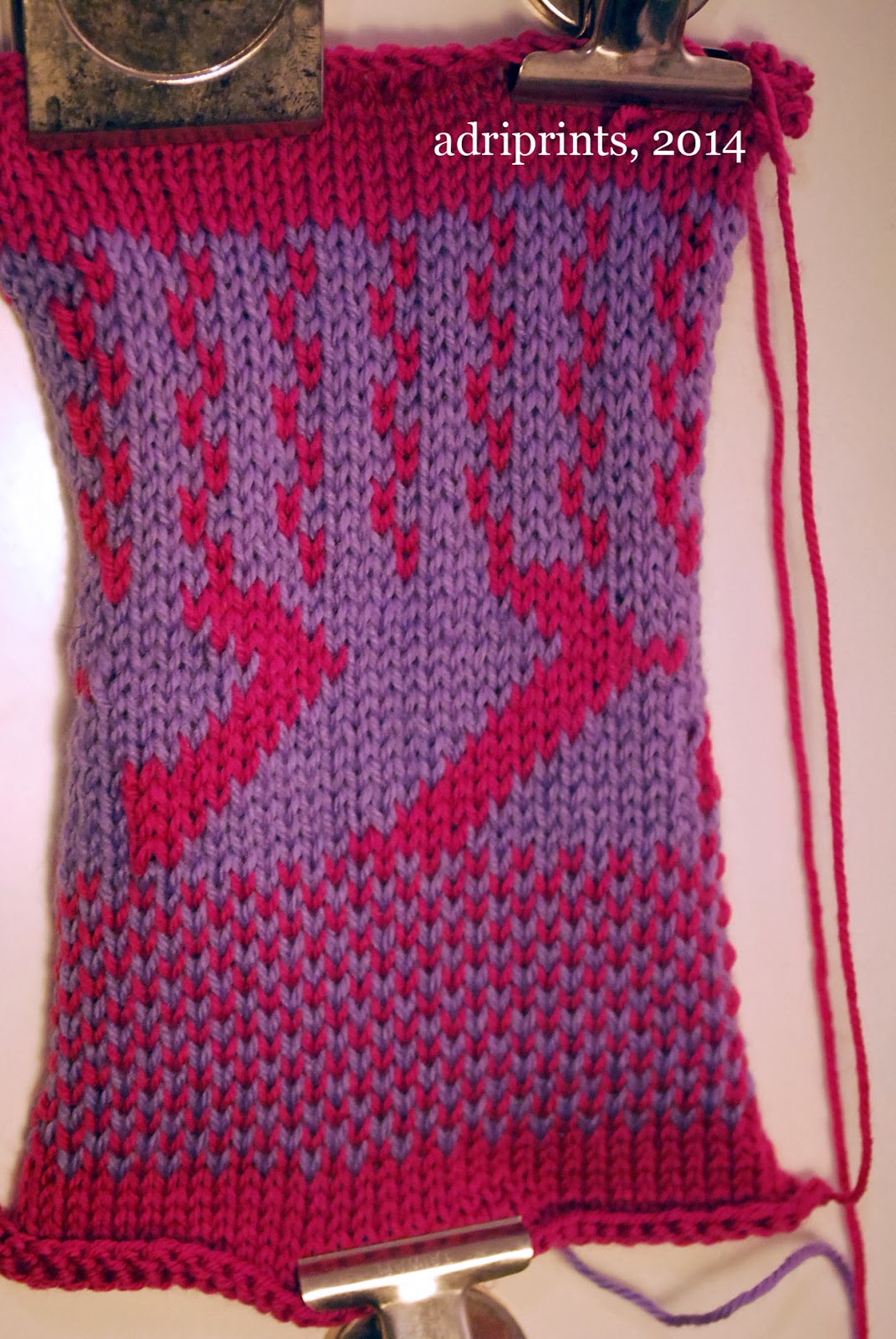
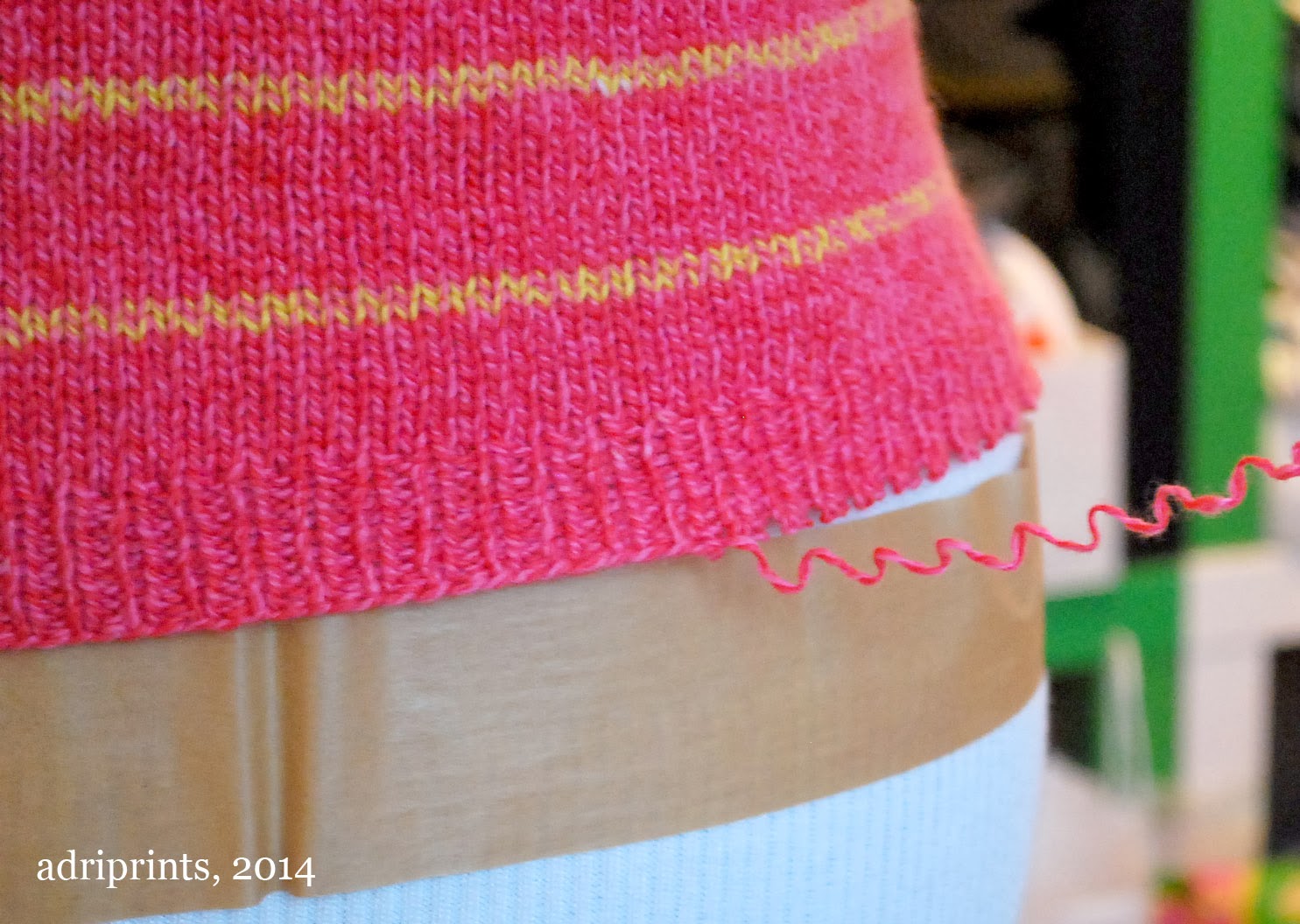

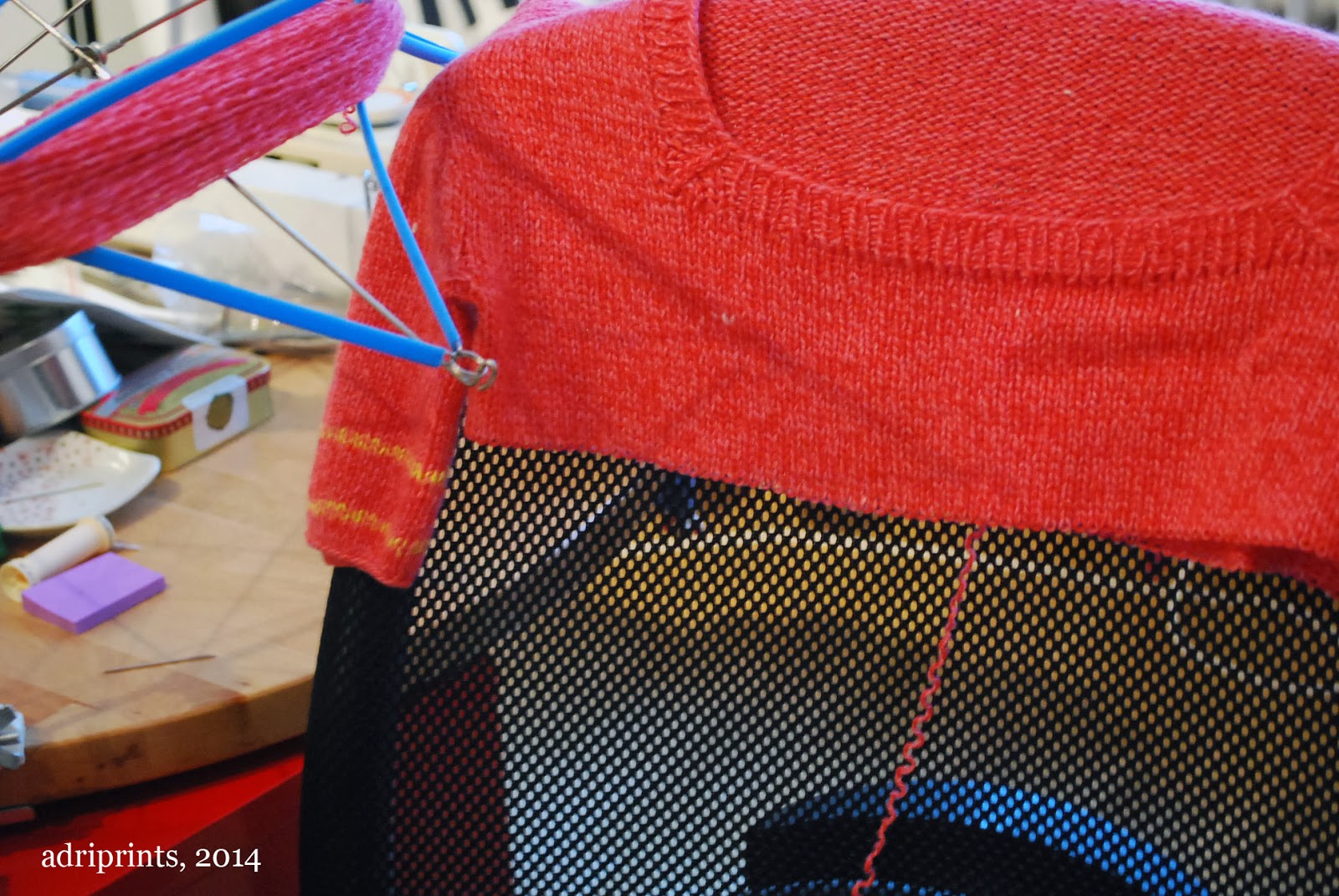


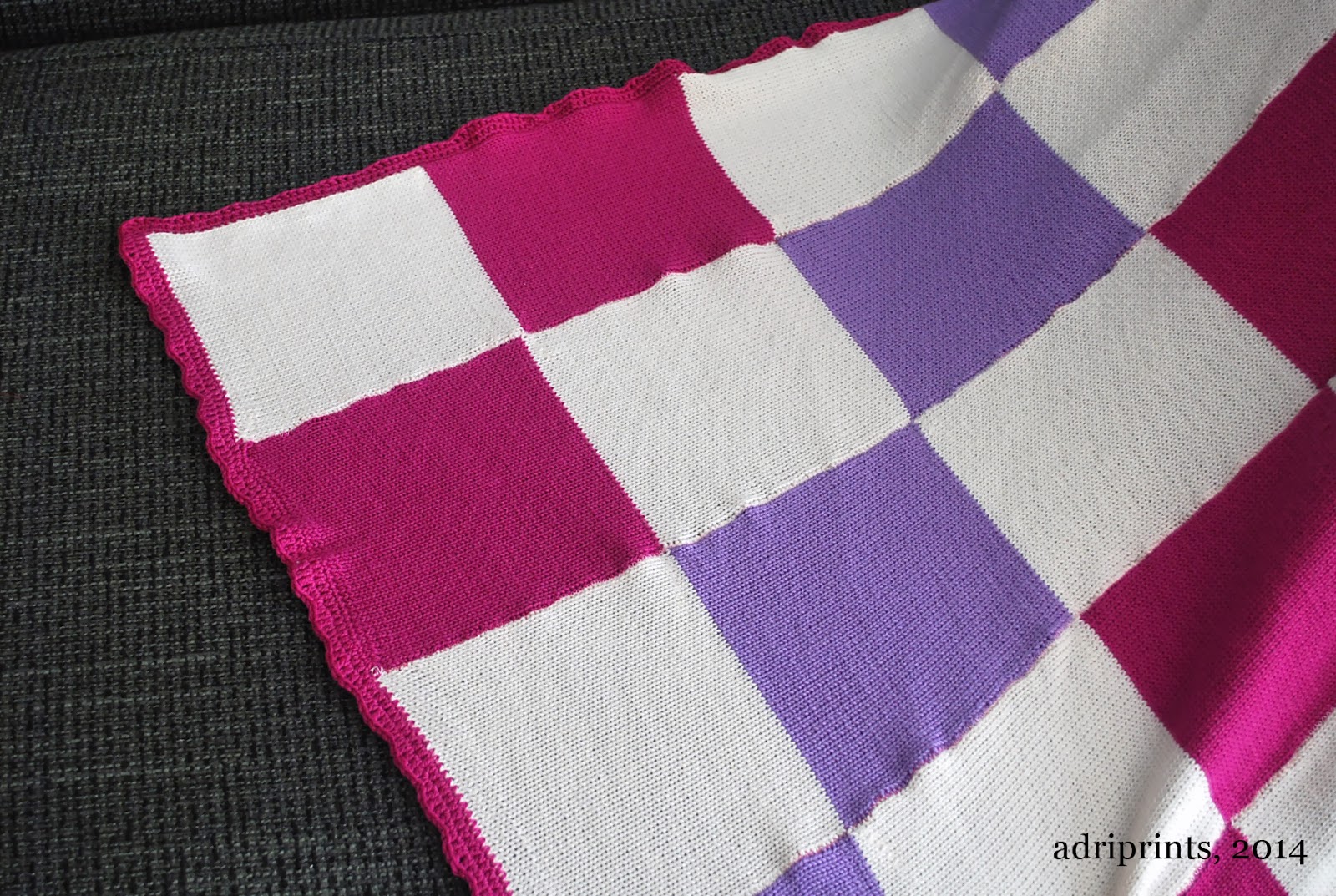
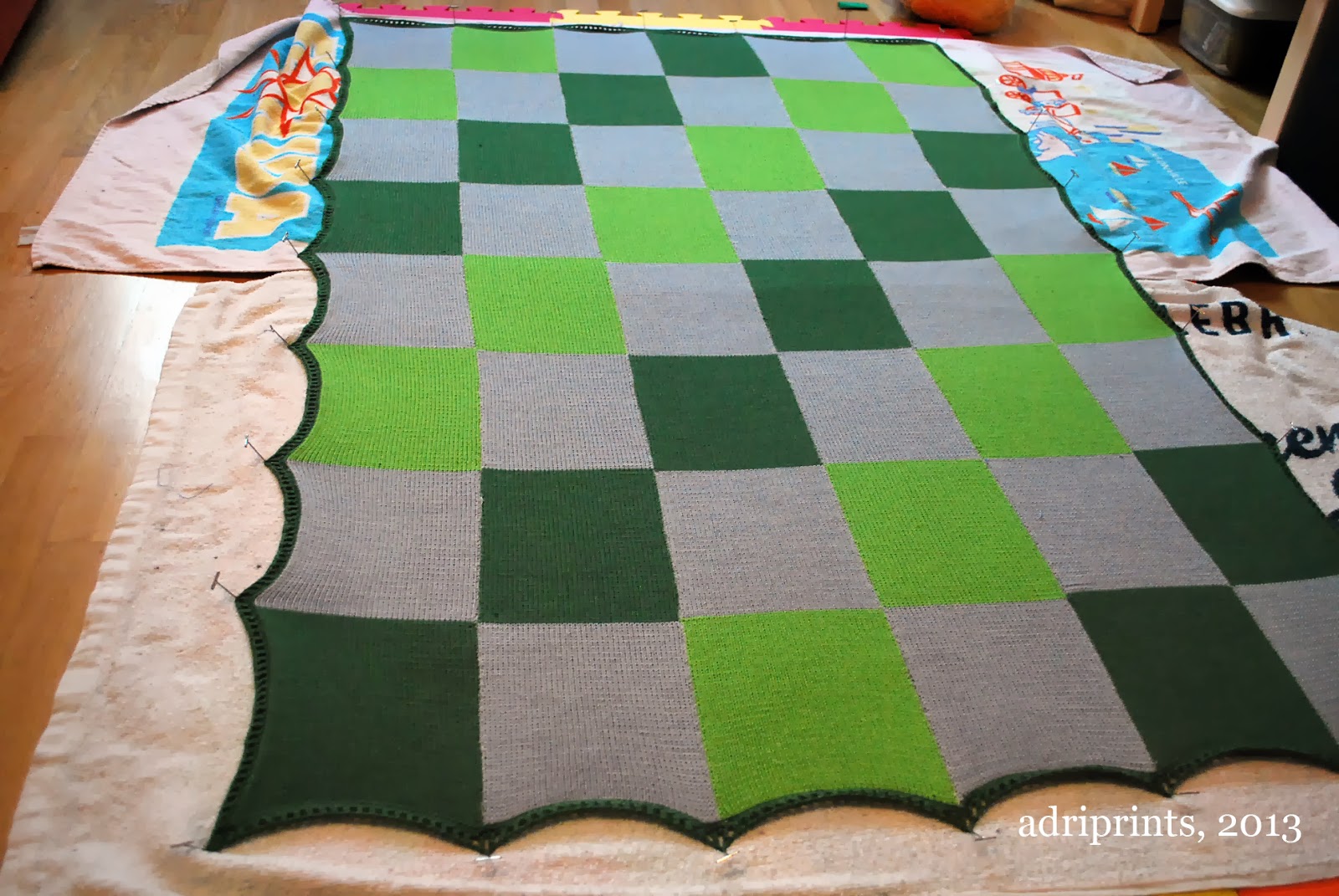











![[gickr.com]_1abc8864-5751-e064-2183-690bea663460](http://www.fiberfarm.com/wp-content/uploads/2014/01/gickr.com_1abc8864-5751-e064-2183-690bea663460.gif)
















